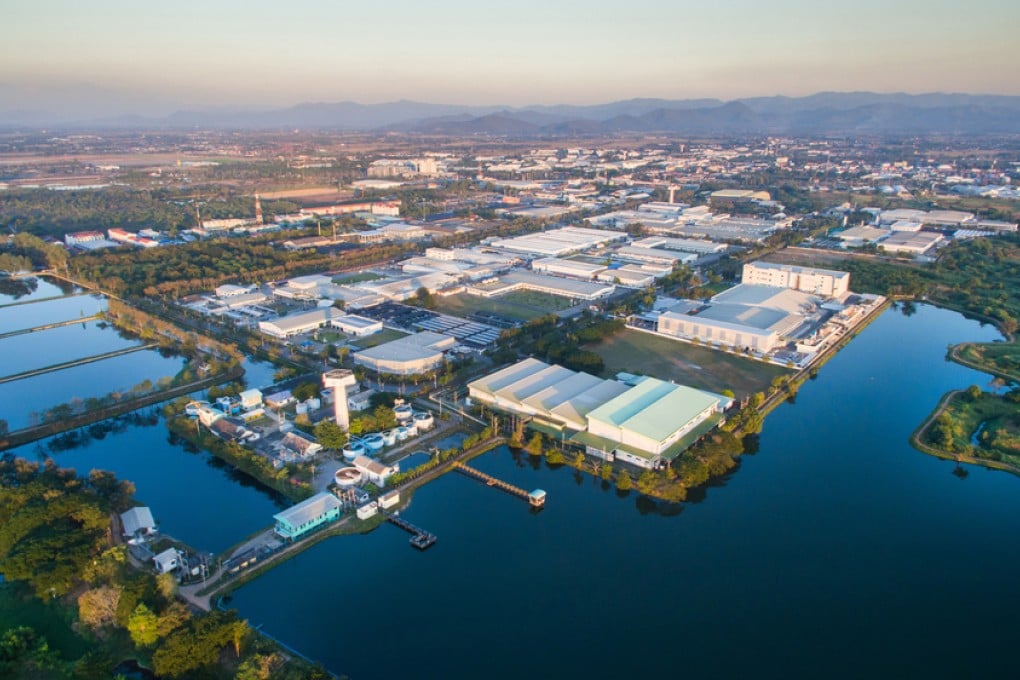Rethinking the new normal in supply chains: manufacturing partnership and market expansion as twin solutions
With global supply chains and markets disrupted by the pandemic and tensions flaring up again over the trade war, it is worth looking at both manufacturing partnership opportunities and new market potential as twin solutions to sustaining business for manufacturers and related services providers.

[Sponsored Article]
Moving to a new manufacturing base is a complex process that requires solid groundwork, the right contacts, local knowledge, and an understanding of local conditions. That takes time, resources, and access to local networks – things that small- and medium-sized enterprises may find in short supply. Meanwhile, as orders from developed economies are contracting, companies also need to open up new markets to sustain business flow.
Recognising the supply-demand conundrum that many SMEs are in, the Hong Kong Trade Development Council (HKTDC) is taking a closer look at industrial parks including those along the Belt and Road to see how manufacturing partnerships and market access can be considered together as a potential solution for manufacturers and related services providers.
Regional options
As new infrastructure is completed, both manufacturers and services providers have been showing a keen interest in the potential of industrial parks, especially those along the Belt and Road which may also be supported by government policy and cooperation. This can be highlighted in many of the HKTDC’s manufacturing partnership and investment missions to countries in ASEAN (Cambodia, Indonesia, Myanmar, and Thailand), East Africa (Djibouti, Ethiopia, and Kenya), and Central and Eastern Europe (including Georgia, Hungary, and Belarus).
Given longstanding cultural and economic links, and the free trade agreements between Hong Kong and ASEAN member states (Laos, Myanmar, Singapore, Thailand, Vietnam, Malaysia, and the Philippines), it is no surprise that Southeast Asian countries are among the most popular destinations for Hong Kong SMEs outside of Mainland China.